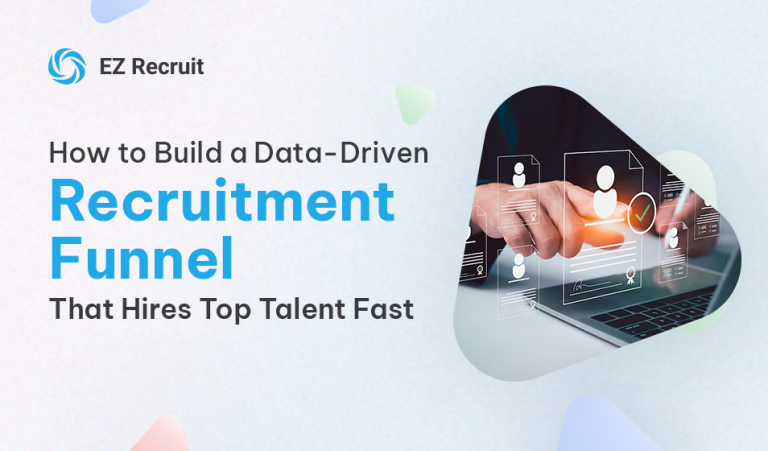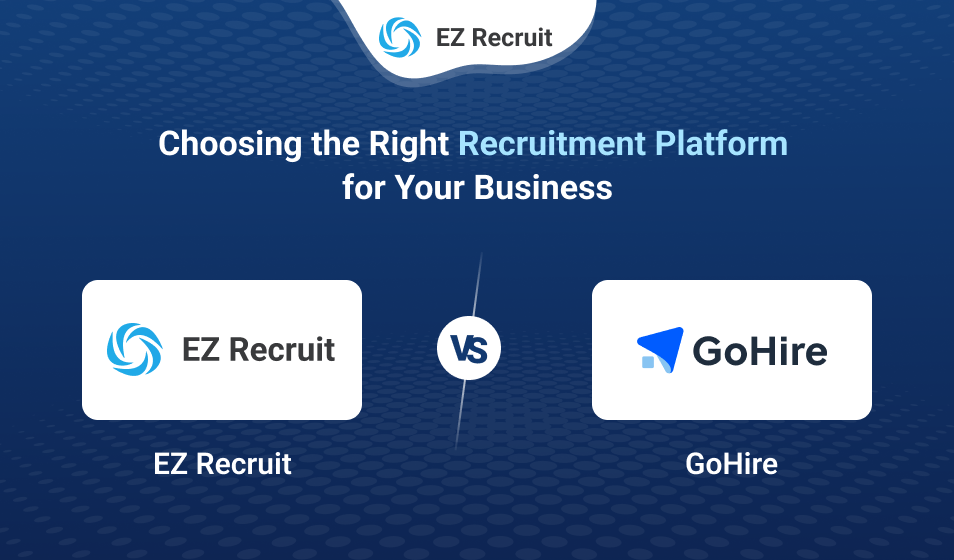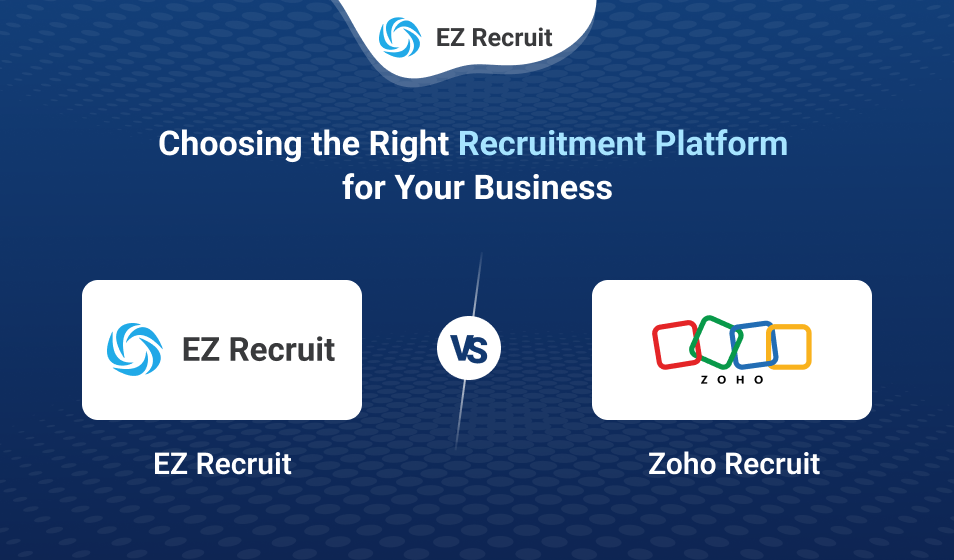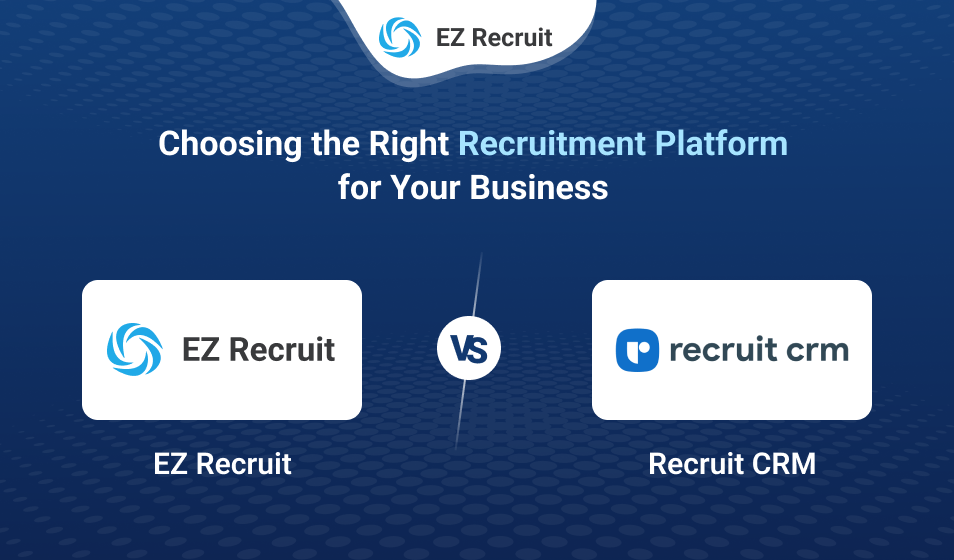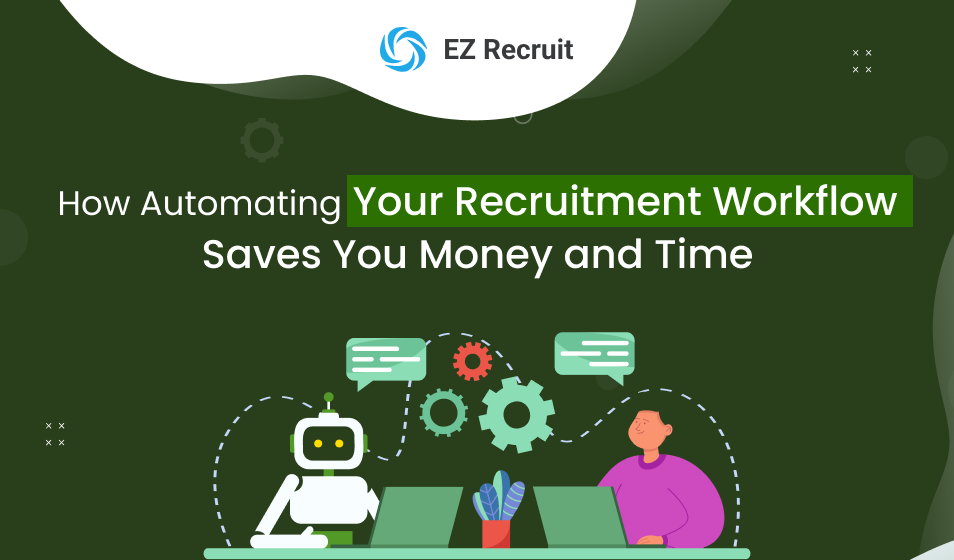Finding the right talent in a hurry is difficult, particularly when your process is more like flinging spaghetti against the wall and waiting for something to stick. You know the agony if you have ever lost a fantastic candidate because it took too long, or spent hours wading through resumes that were a mismatch.
But here’s the thing: data can fix that.
A data-driven hiring funnel is not merely an HR buzzword. It is a means of monitoring, measuring, and improving each stage of hiring so you get to spend less time guessing and more time hiring rockstars. Whether you’re a startup founder with a dozen jobs to fill or an HR specialist fed up with lengthy hiring processes, this handbook will guide you in creating a funnel that works.
By adopting an Application Tracking System powered by AI Hiring Solutions, companies can move beyond tedious admin work and focus on what matters-building genuine connections with top talent. This isn’t just about filling roles quicker; it’s about creating a smarter, more human hiring experience that ensures the right people land in the right seats.
What Is a Data-Driven Recruitment Funnel?
Consider it a coffee filter for recruiting. On top, you have a large pool of applicants – some good, some not so good. As they pass through every phase (viewing your position, applying, interviewing, etc.), the funnel assists you in weeding out the bad and gathering information to know what’s working.
The magic? Instead of relying on hunches (“Hmm, maybe we should post on LinkedIn more?”), You use real numbers to decide:
- Where do your best candidates come from
- Why do people drop off during applications
- How long each step takes (and where you’re losing time)
It’s like having GPS for hiring, you always know where you are and where to go next.
Step 1: Get Crystal Clear on Who You’re Hiring
Before you even think about job posts or interviews, ask:
- Who’s the perfect fit? Not just skills, but work style, location, and even personality.
- What’s non-negotiable? If you need a Python wizard, don’t waste time on self-taught beginners.
- How fast do you need them? A 30-day time-to-hire goal changes your strategy vs. a 90-day one.
Pro Tip: Write a “success profile”, what does this person achieve in their first 6 months? It’ll help you spot the right candidates faster.
Step 2: Map Out Your Funnel (Where Do Candidates Get Stuck?)
A basic funnel looks like this:
- Awareness: They see your job ad (LinkedIn, Indeed, your website).
- Application: They hit “Apply Now” (or bail halfway, why?).
- Screening: Resumes get reviewed, maybe a quick phone screen.
- Interviews: You meet them, they meet the team.
- Offer & Hire: You make the offer, they (hopefully) say yes.
Here’s where data comes in: At each stage, track:
- Drop-off rates (e.g., 100 people saw your job, but only 20 applied; what went wrong?)
- Time spent (e.g., does it take 2 weeks to schedule interviews? That’s a problem.)
- Source quality (e.g., referrals might bring better hires than job boards).
Step 3: Use Tools That Don’t Make You Want to Jump Out
You don’t need fancy software to start. Even simple tools help:
- ATS (Applicant Tracking System): Greenhouse or Lever if you’re fancy, Workable or Breezy if you’re budget-conscious.
- Google Analytics: See how many people visit your careers page (and how many bounces).
- Calendly: Track how long it takes to schedule interviews (hint: if it’s more than 3 days, you’re losing people).
Example: If your data shows only 10% of applicants pass the screening, maybe your job description is misleading, or your screening is too harsh.
Step 4: Tweak and Optimize (Like a Scientist, But for Hiring)
Data’s useless if you don’t act on it. Try these fixes:
- Awareness: Test job titles. “Digital Marketing Guru” might pull better than “Marketing Specialist.”
- Application: Cut form fields. Nobody wants to type their life story.
- Interviews: Automate scheduling. Delays kill momentum.
- Offers: Speed matters. The best candidates get snapped up fast.
Pro Move: A/B test small changes. Try two versions of a job ad and see which one gets more clicks.
Step 5: Train Your Team to Speak Data
Your hiring team doesn’t need a statistics degree, just basic data literacy. Teach them:
- How to read dashboards (e.g., “This number = bad, this one = good”)
- Why drop-off rates matter (e.g., “If 80% of candidates quit at the application, the form’s probably broken”)
- How to suggest improvements (e.g., “Maybe we should shorten the take-home test?”)
Quick Win: Share a 5-minute “metric of the week ” in team meetings.
Step 6: Never Stop Improving (Because Hiring’s Never “Done”)
Your funnel should evolve. Every quarter, ask:
- Where are we losing candidates?
- What’s taking too long?
- What’s working too well (and can we do more of it)?
Example: If virtual hiring events bring in great people, host them monthly. If Glassdoor reviews scare candidates off, fix your employer brand.
Step 7: Market Your Jobs Like You’re Selling Hotcakes
Your funnel’s only as good as the candidates entering it. Boost visibility with:
- SEO-optimized job posts (use keywords like “remote UX designer jobs” if that’s what people search for).
- Employee referrals (your team knows good people, pay them for referrals).
- Social media blasts (LinkedIn, Twitter, even TikTok if you’re hiring Gen Z).
Budget Hack: Repost jobs in niche Facebook groups or Slack communities. Free and effective.
Conclusion
Working more efficiently is the goal of a data-driven recruitment funnel, not getting bogged down in spreadsheets. Start small: identify one metric to monitor, address one bottleneck, and observe the results. You will eventually hire more quickly, better, and with much less stress.
